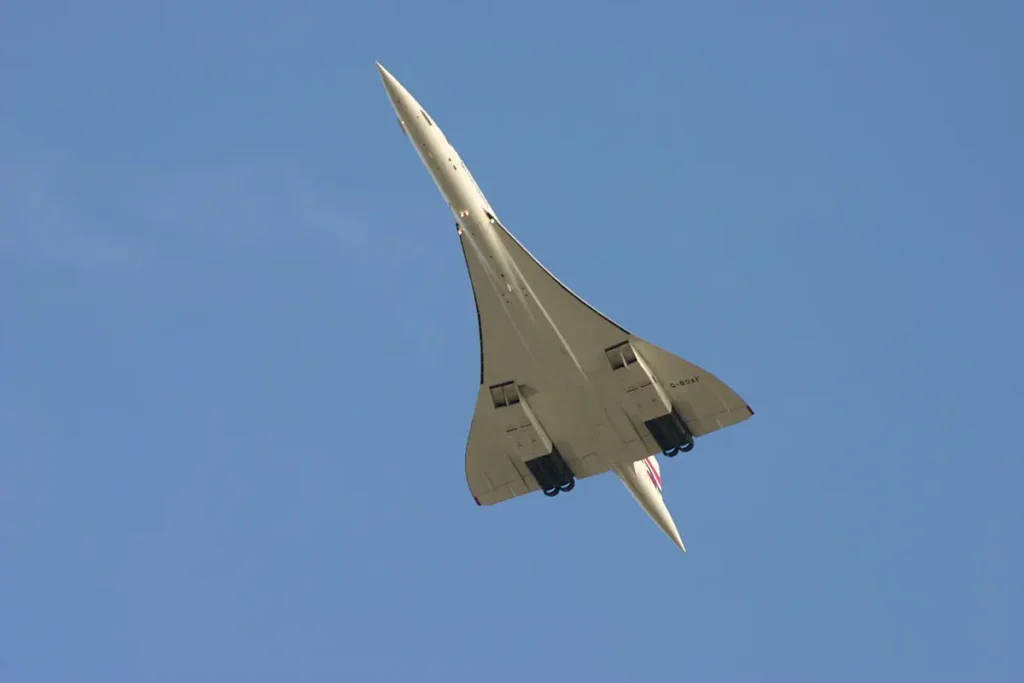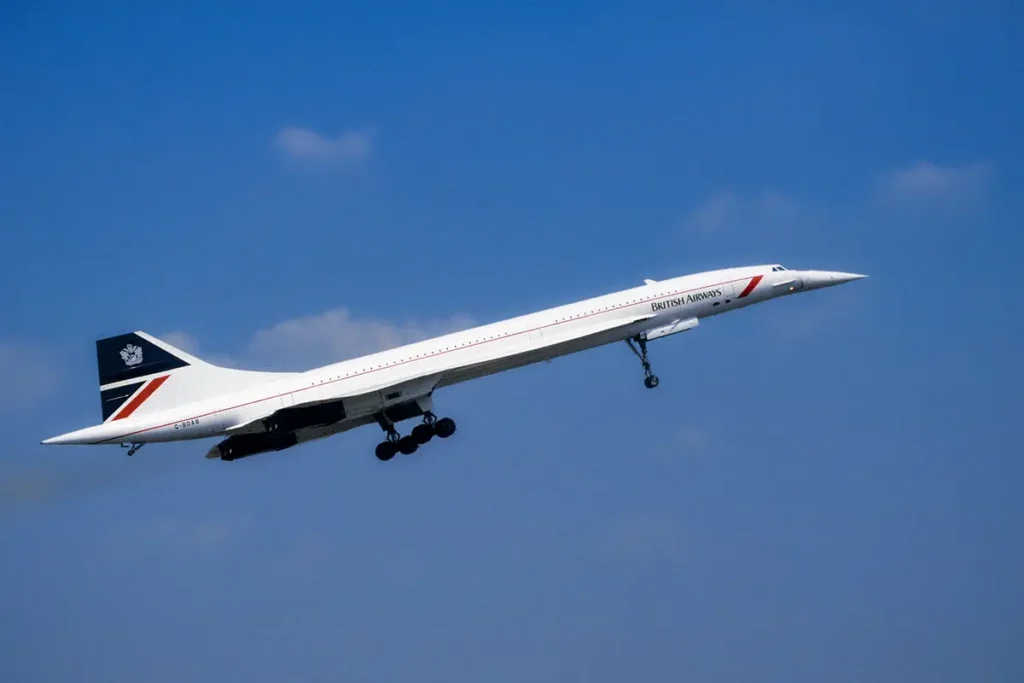In the annals of aviation history, Concorde stands as an unparalleled marvel. Its aerodynamic design, its iconic delta wings, and its supersonic capabilities made it not just a feat of engineering, but a symbol of a golden age. This September marks the 50th anniversary of Concorde’s first non-stop crossing of the Atlantic — an appropriate moment to cast our gaze back and celebrate this exceptional chapter in air travel.
Beginnings and the Promise of a New Dawn
Birthed from the combined engineering prowess of the UK and France, Concorde’s first flight in March 1969 signaled more than just the debut of a new aircraft. It heralded a vision for the future where boundaries seemed to blur and the world became a smaller place. With early routes connecting London to Bahrain and Paris to Rio de Janeiro, Concorde promised to make international travel swift and luxurious.
Zipping across the skies at speeds in excess of 1,300 mph — more than double the sound barrier — Concorde shrank our world. At its cruising altitude of 60,000ft, far above the typical commercial jets which fly between 33,000 and 42,000ft, passengers on the Concorde could enjoy the curvature of the Earth, all while covering a jaw-dropping 22 miles every minute.

Concorde’s Golden Era
As Air France and British Airways took the lead, the U.S. quickly emerged as a hotspot destination. Major cities like Washington D.C. and New York City were connected to Europe by 1977, turning them into bustling travel hubs. With a journey time slashed in half — imagine getting from Washington D.C. to Paris in just 3 hours and 32 minutes — Concorde’s appeal was undeniable. The marketing slogan, “Arrive before you leave,” became an emblematic phrase of its era, encapsulating the dream that Concorde represented.
This was not just about speed. The onboard experience exuded luxury. From gourmet meals to the exclusivity of being part of a select group of travelers, flying Concorde became a status symbol.
Challenges and the Dimming of the Dream
However, every rose has its thorns. Concorde’s sonic booms, a testament to its speed, unfortunately restricted its routes due to bans on supersonic flights over several countries. Additionally, its fuel consumption made operations exceptionally costly. With ticket prices skyrocketing to a peak of £6,500, the dream became accessible only to a privileged few.
Then came the tragic day in July 2000 when a Concorde flight crashed shortly after take-off from Charles de Gaulle airport in Paris. All 109 souls on board were lost. The world grieved, and the Concorde’s image was indelibly marred. Though it was the only fatal accident in its history, the repercussions were immense. Flights remained grounded until November 2001, and a little over a year later, the decision was made: Concorde would retire.

Legacy and the Hope for the Future
November 26th saw Concorde’s final flight, capping off over 50,000 journeys and having served over two-and-a-half million passengers. But legends never truly fade away. Concorde remains an emblem of a time when humanity dared to dream big.
Today, the flame of supersonic travel might be getting rekindled. With the upcoming launch of Boom Overture in 2026, whispers of a new era in aviation are in the air. Can this new contender revive the magic that Concorde once spread across the skies?
As we celebrate the 50th anniversary of Concorde’s pioneering transatlantic trip in 1973, it’s clear: while the era of Concorde may be behind us, its spirit, its audacity, and its legacy continue to inspire.







